A. Know Your Job
Before you select a tool, think about the job you will be doing. Tools are designed for specific purposes. Using a tool for something other than its intended purpose often damages the tool and could cause you pain, discomfort, or injury. You reduce your chances of being injured when you select a tool that fits the job you will be doing.
The list of tools in each category shows a few examples of tools that are most frequently used.
Cutting, pinching, gripping tools
Examples:
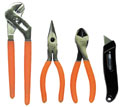
- Pliers
- Snips
- Cutters
Striking tools
Examples:
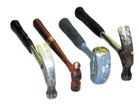
- Hammers
Driving tools
Examples:

- Screwdrivers
- Hand wrenches
- Nut drivers
- T-handle wrenches
Struck or hammered tools
Examples:
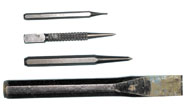
- Punches
- Chisels
- Nail sets
Next, consider whether you need the tool to provide power or precision. Then select the tool with the correct handle diameter or grip span.
For Power Tasks
| Single-Handle Tools | Double-Handle Tools |
HANDLE DIAMETER for power tasks is 1 1/4 inches to 2 inches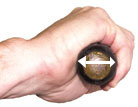
|
OPEN GRIP SPAN for power tasks is not more than 3 1/2 inches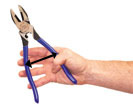
CLOSED GRIP SPAN for power tasks is not less than 2 inches 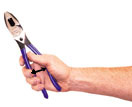
|
|---|
For Precision Tasks
| Single-Handle Tools | Double-Handle Tools |
HANDLE DIAMETER for precision tasks is 1/4 inch to 1/2 inch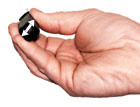
|
OPEN GRIP SPAN for precision tasks is not more than 3 inches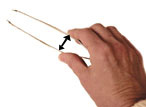
CLOSED GRIP SPAN for precision tasks is not less than 1 inch 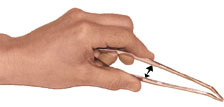
|
|---|

